BUS707 Applied Business Research: Forensic Accounting and Fraud Risk
VerifiedAdded on 2023/06/12
|9
|841
|449
Project
AI Summary
This research project investigates the role of forensic accounting in detecting financial frauds, particularly within Australian retail organizations. It addresses the rising concern of financial information fraud and aims to analyze how forensic accounting can contribute to fraud detection. The project outlines research objectives, including understanding the role of forensic accounting and analyzing its contributions to fraud analysis. A literature review covers financial accounting theories related to internal control mechanisms and the application of IFRS standards to prevent fraud. The research design employs a mixed-methods approach, incorporating both quantitative and qualitative data collection through interviews, focus groups, observations, surveys, and experiments. The study utilizes random stratified sampling, focusing on employees from various retail organizations in Australia, and analyzes data using descriptive and statistical techniques while adhering to ethical considerations to ensure no negative impact on stakeholders.
1 out of 9
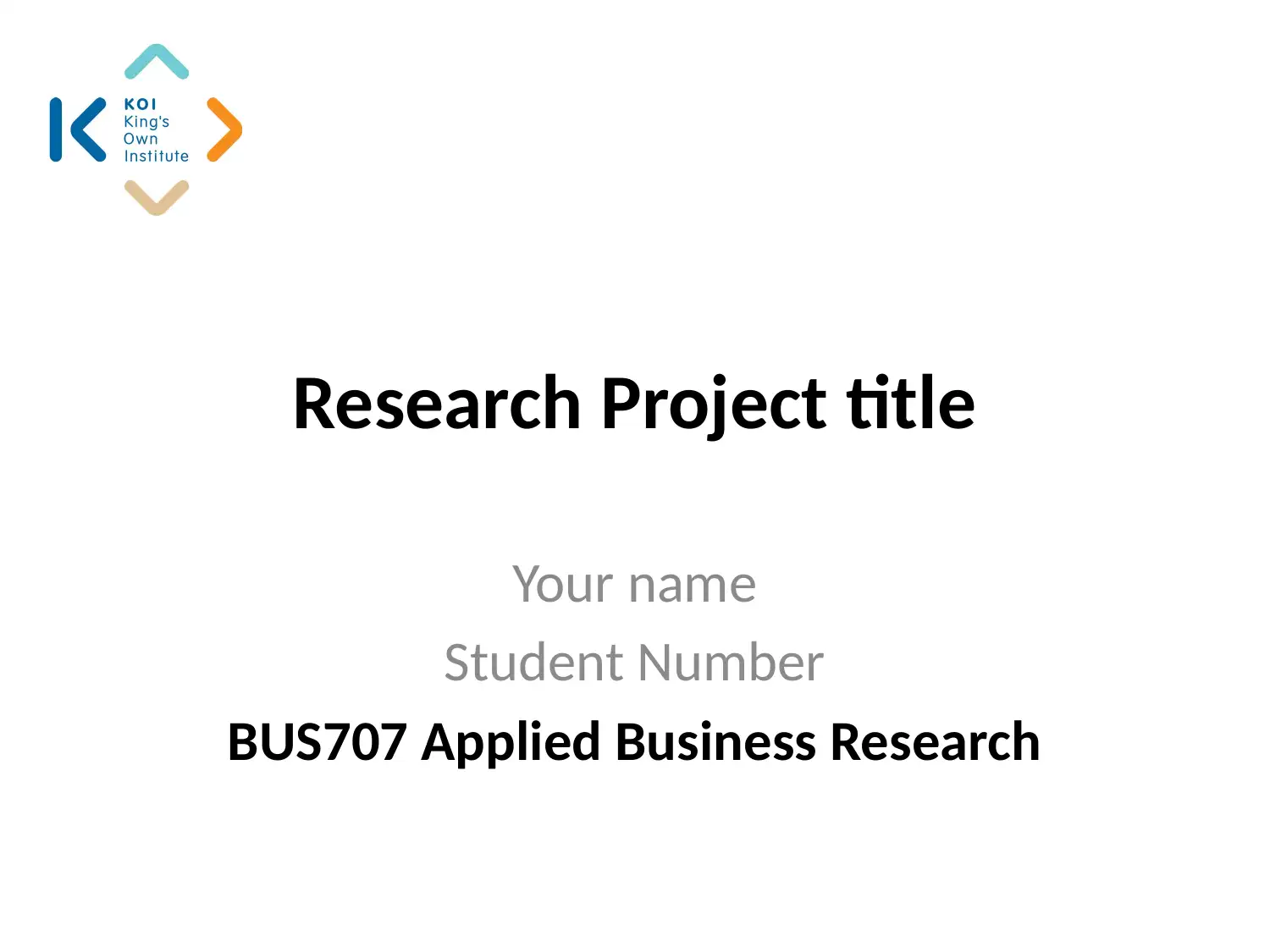
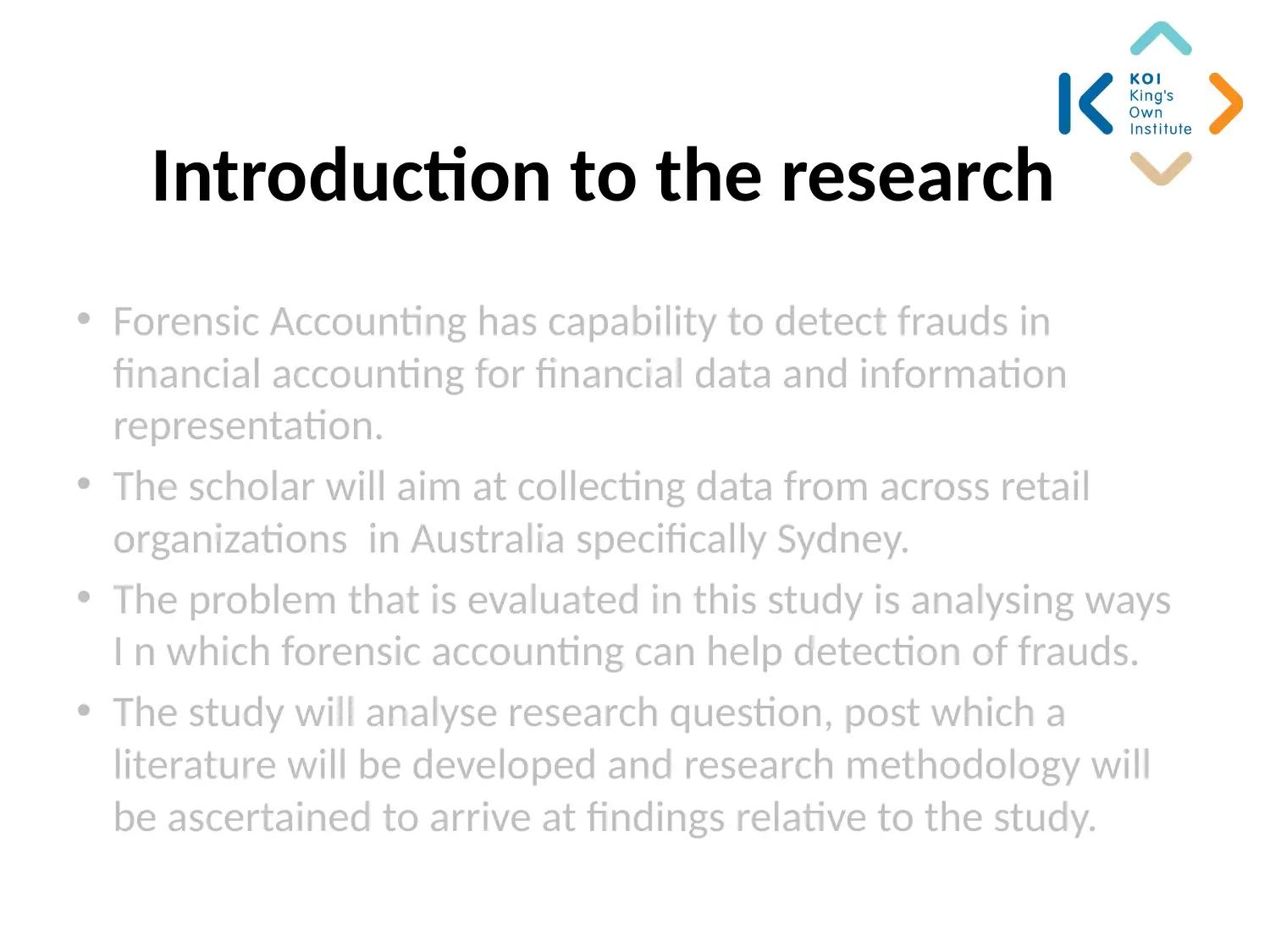
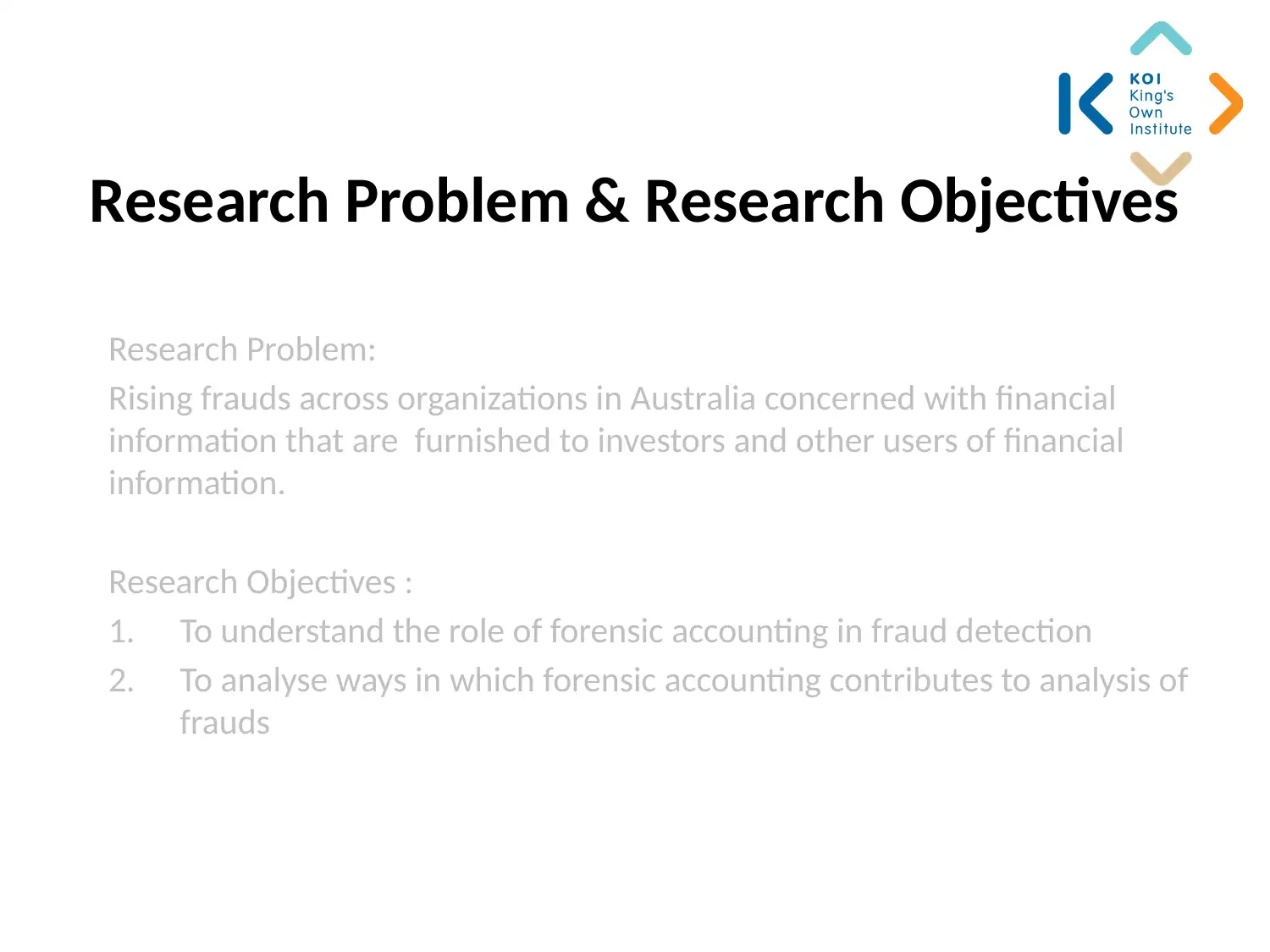

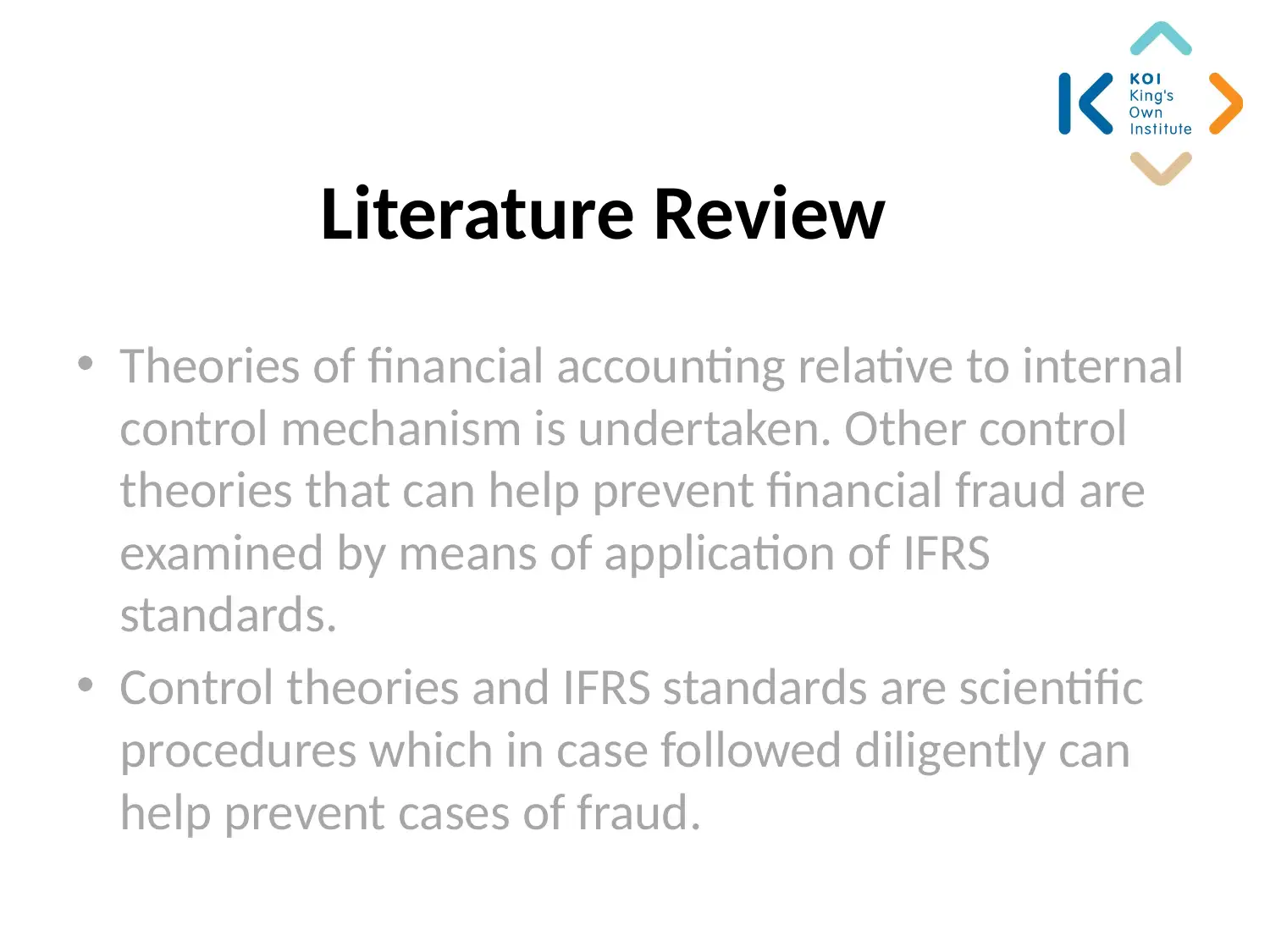
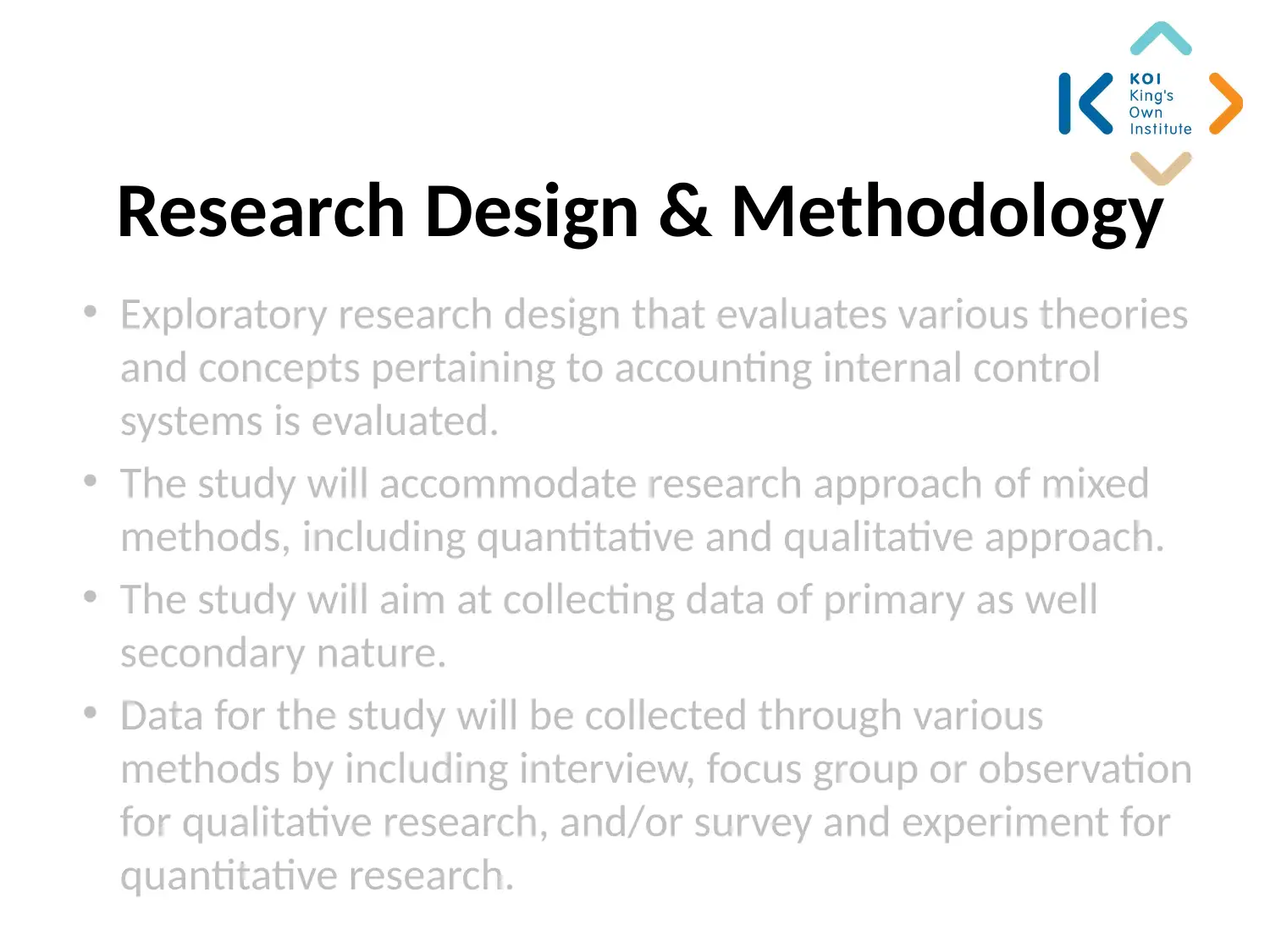
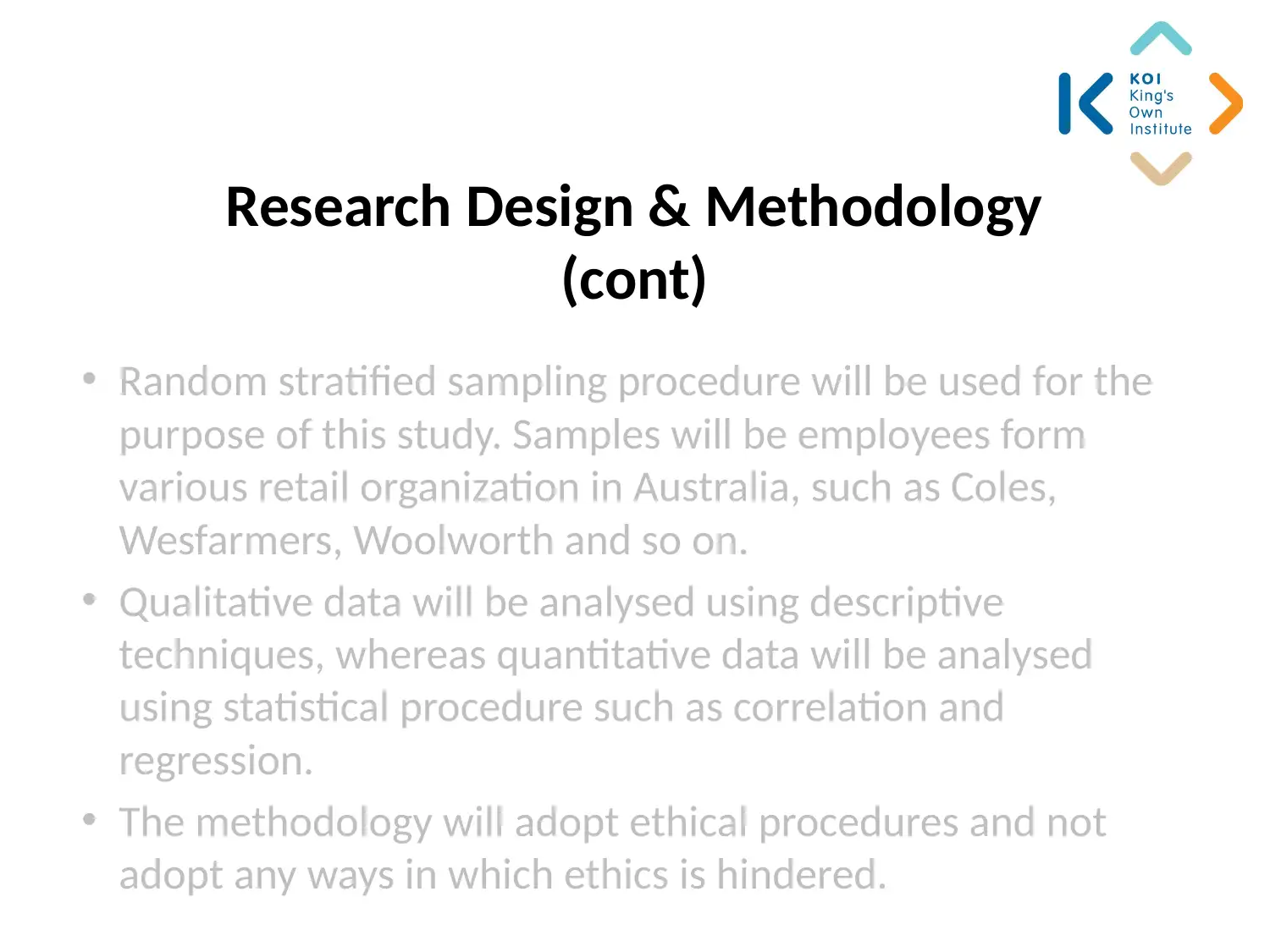
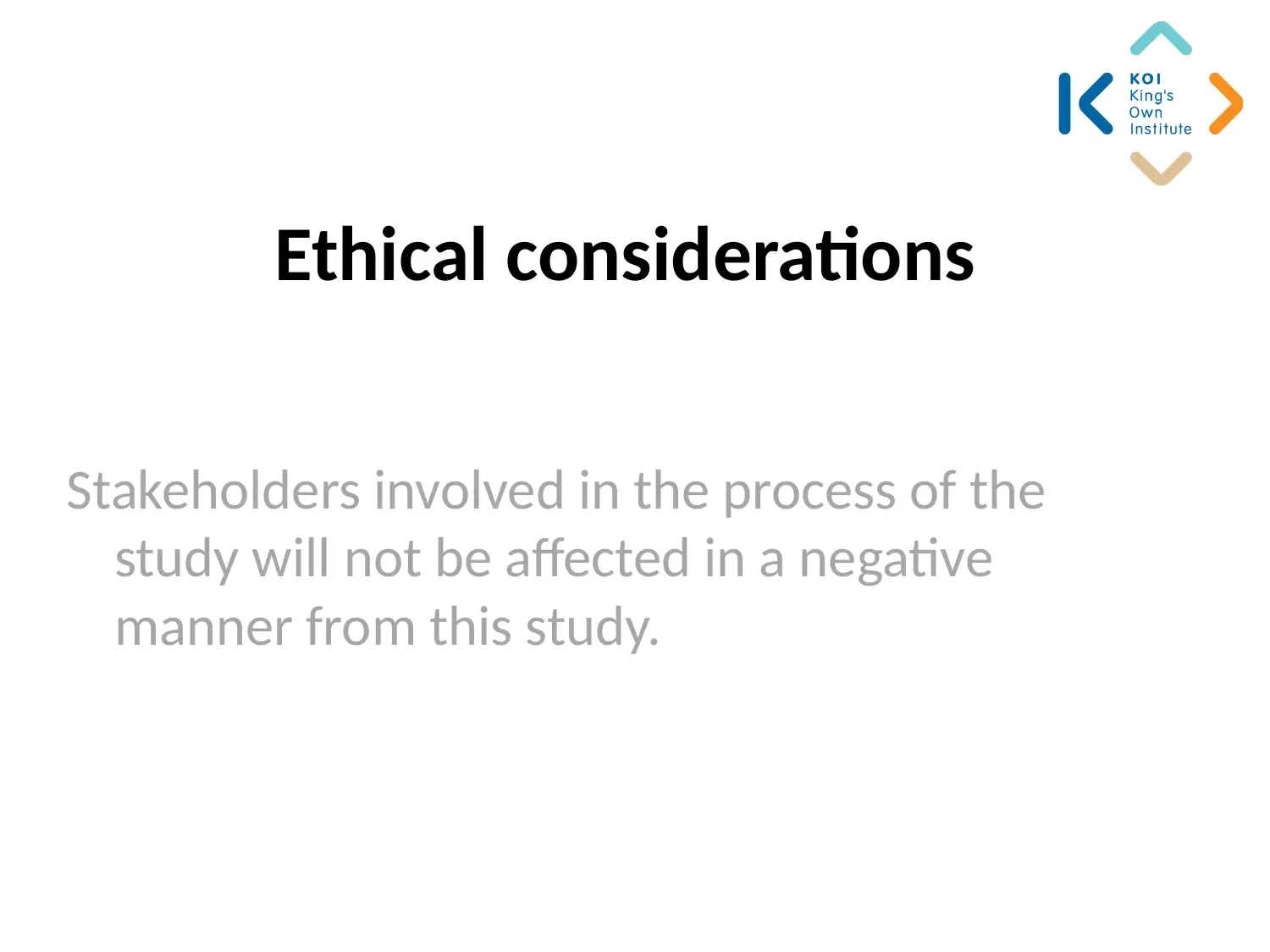
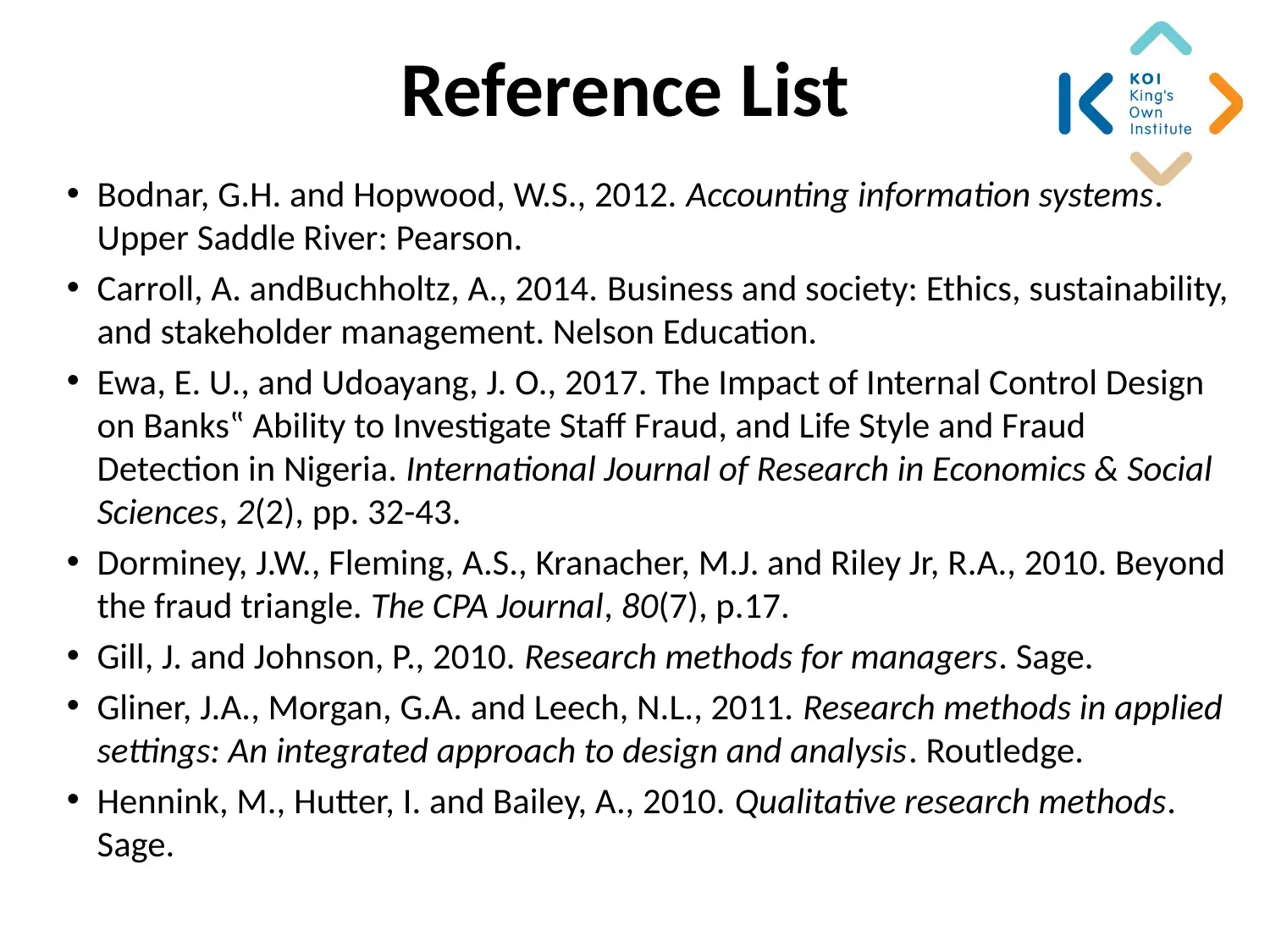
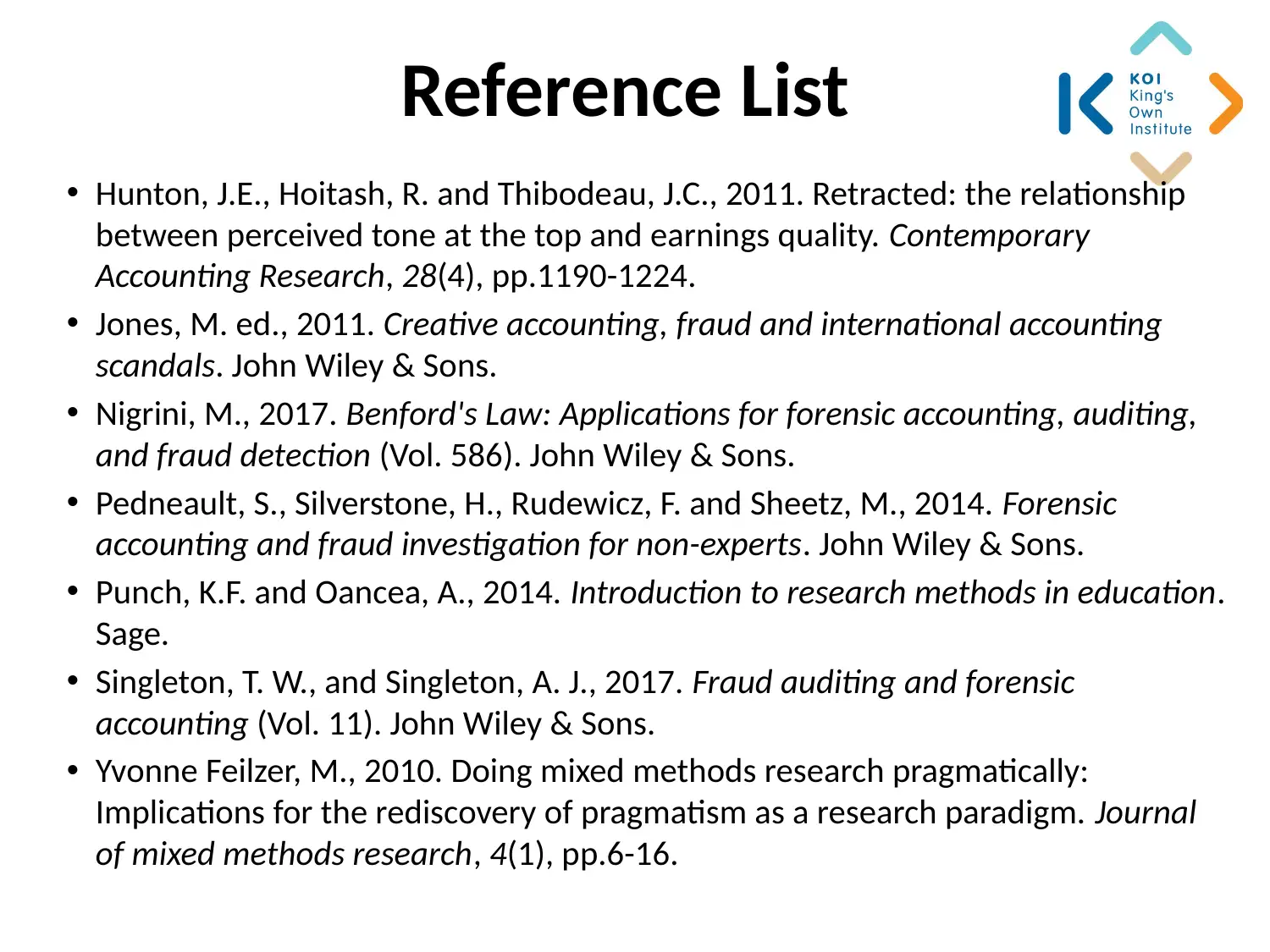




![[object Object]](/_next/static/media/star-bottom.7253800d.svg)